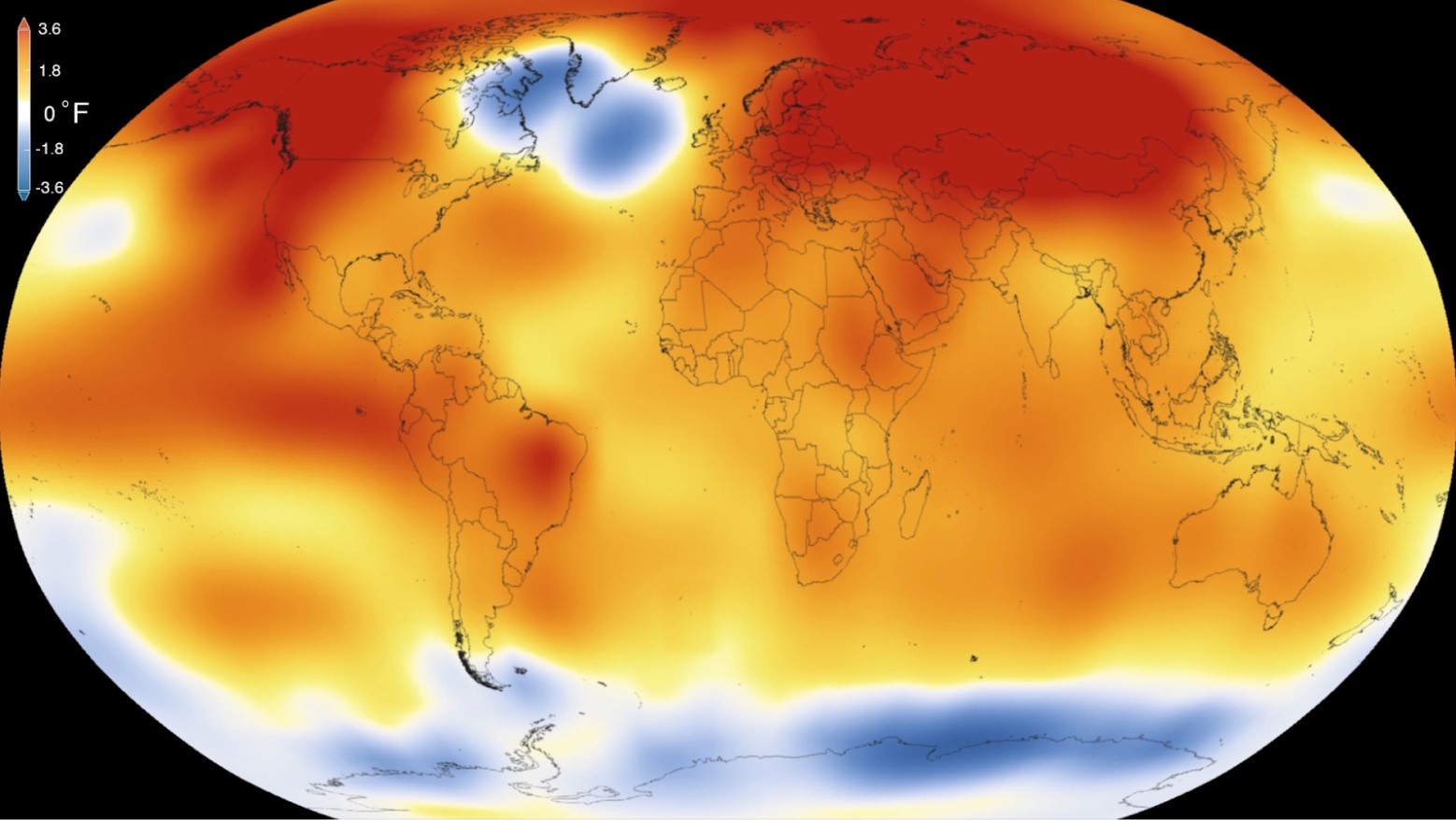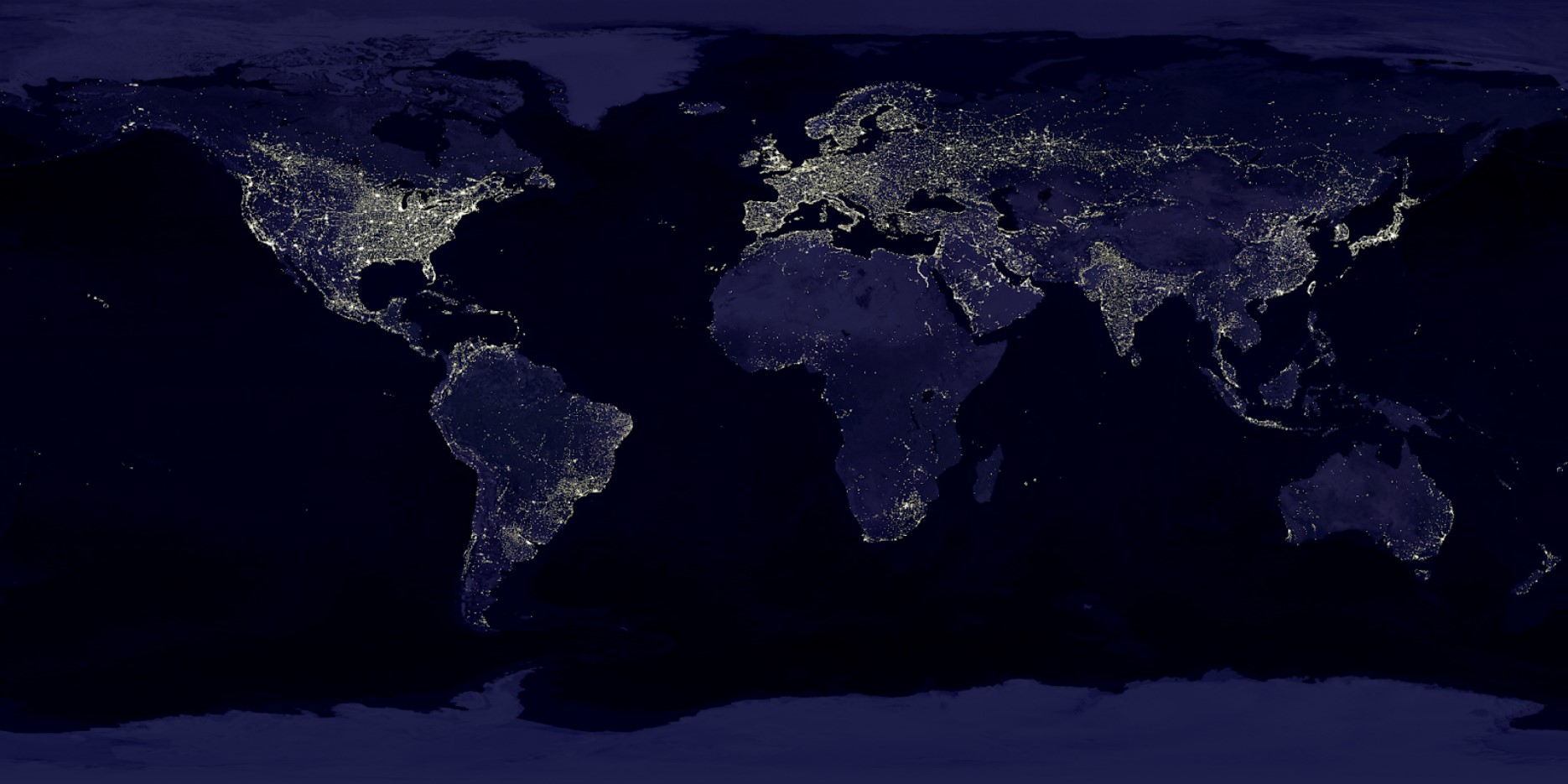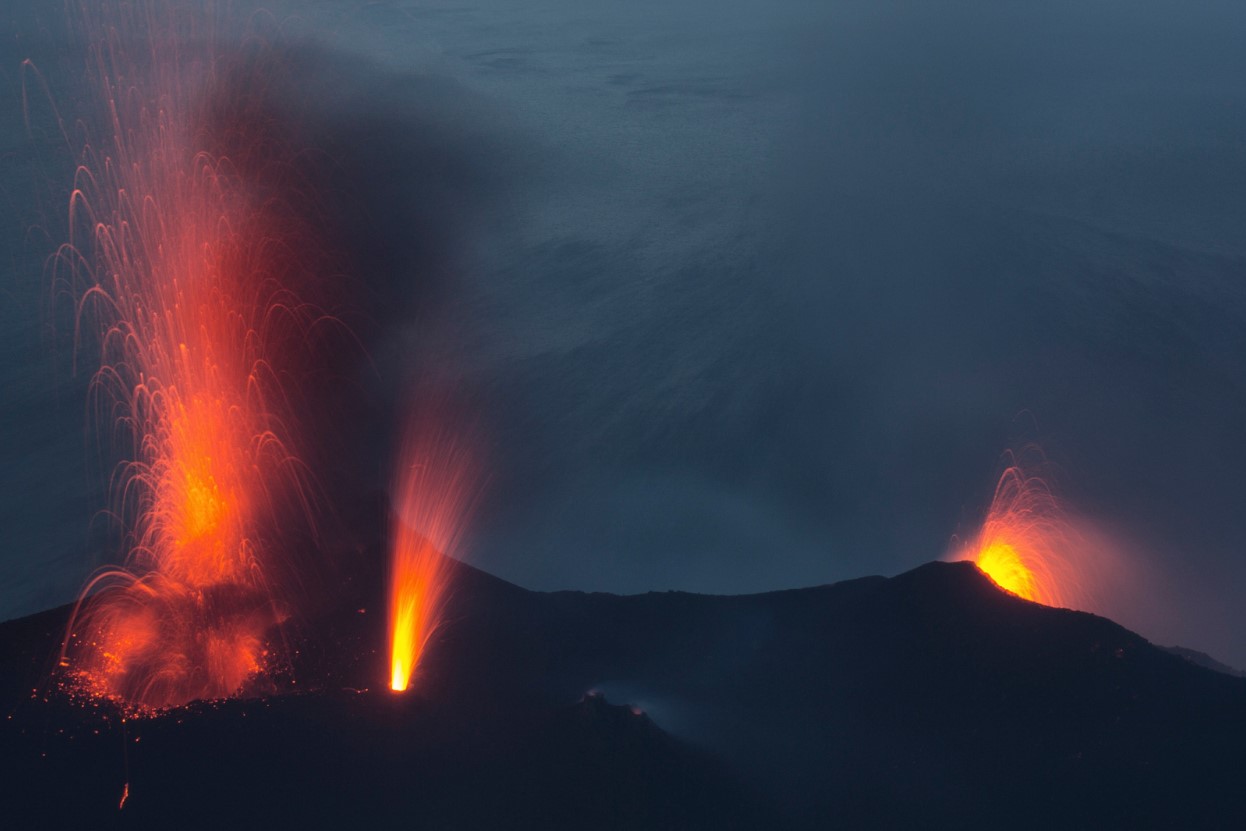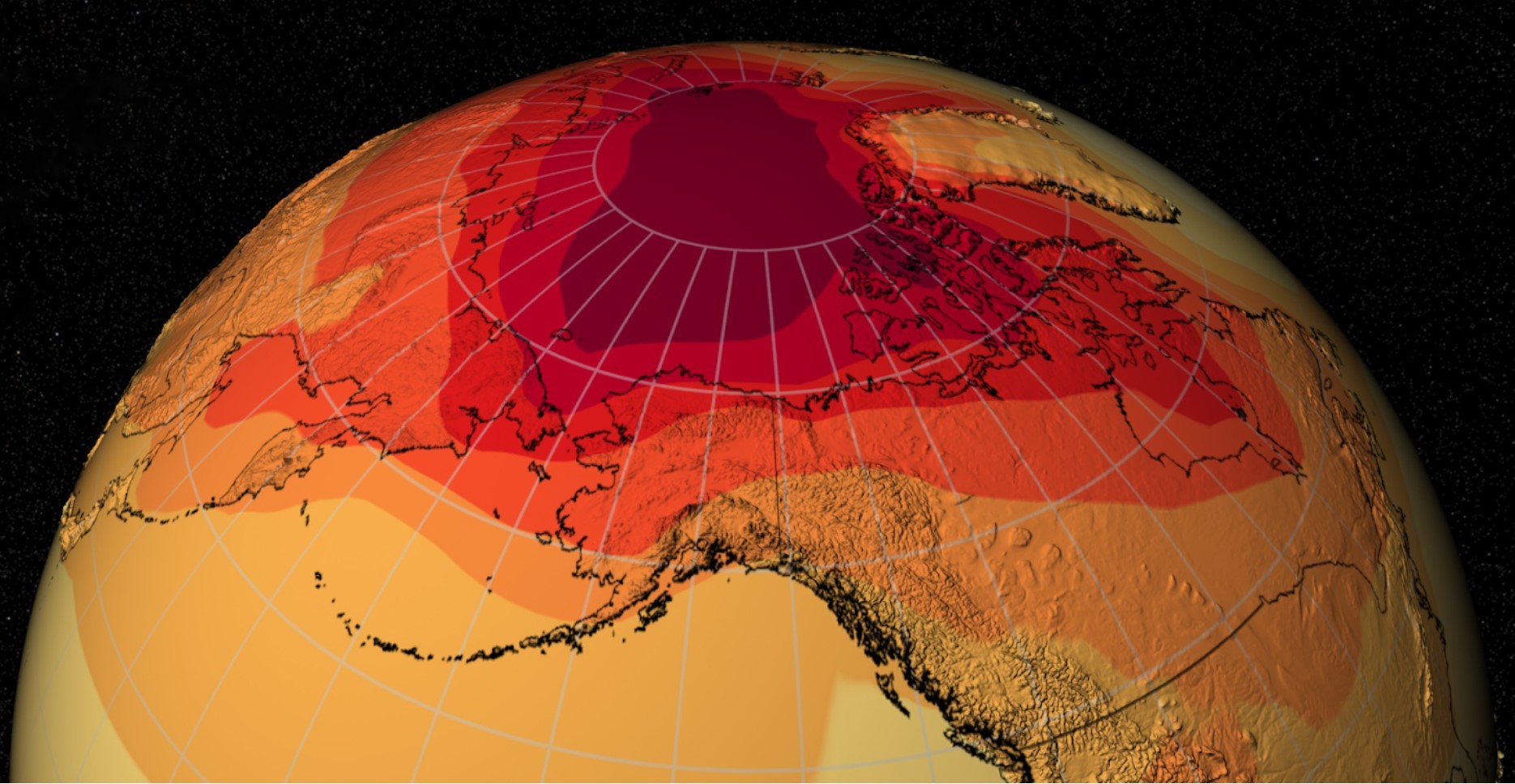Unsurvivable Heat Will Lead to the Mass Extinction of all Mammals: Supercomputer Predicts
The issue of climate change has been a controversial topic of conversation for some time. While many are convinced climate change is nothing to worry about, scientists believe that extreme climate conditions could one day lead to a mass extinction of humans and mammals.
Researchers have hypothesized that the change in the Earth’s climate will become so drastic that nearly every human and animal will perish in a catastrophic event predicted to be worse than the extinction of dinosaurs in prehistoric times.
Will a Mass Extinction Wipe Out Humanity?
Scientific research predicts that a supercontinent will ultimately be formed more than 250 million years in the future, combining all of the world’s continents.

Source: Wikimedia Commons
The purported supercontinent is said to create a virtually unlivable environment due to extreme temperatures that humans and mammals will not be able to withstand. The expected mass extinction is believed to be a threat to most mammals, including humans.
Supercomputer Makes Some Startling Predictions
Scientists have utilized a high-tech supercomputer to generate climate models that can simulate projected climate conditions of the future. The advanced technology revealed that “climate extremes” will be prevalent all across the globe.

Source: Wikimedia Commons
As the Earth’s current continents collide to merge into one massive supercontinent, temperatures across the world are expected to intensify, making the possibility of survival bleak. Unfortunately, mammals are incapable of adapting to extreme heat conditions. Thus, It is believed this landmass will be “uninhabitable” to humans and animals.
A Frighteningly Bright Future
Researchers have also found that 250 million years from now, the sun’s brightness will be significantly intensified. This would cause the Earth’s temperatures to soar, creating scorching conditions all over the planet.

Source: Wikimedia Commons
This in tandem with the creation of the supercontinent would present a new set of problems. Volcanic eruptions would become more prevalent due to “tectonic processes within the Earth’s crust.” Substantial amounts of carbon dioxide would be emitted, creating a global warming crisis here on Earth.
Insurmountable Heat Overtaking the Planet
The intelligent supercomputer showed that the main factors would contribute to the deadly conditions the Earth and all of its inhabitants are expected to endure long-term.

Source: Wikimedia Commons
Heightened carbon dioxide levels, a much hotter sun, and the formation of a treacherous supercontinent are considered to be a trio of turmoil and despair. Scientists say these extreme circumstances are a recipe for disaster, and that temperatures would rise between 40 and 70 º C globally.
Mammals’ Inability to Regulate Body Temperature
The supercomputer predicted that global warming will take an irreversible toll on the planet and in millions of years, Earth will become uninhabitable by humans and other mammals.

Source: Wikimedia Commons
Historically, mammals have evolved to adapt to extreme climates. Physical attributes such as fur serve animals by keeping them warm during times of hibernation. But the extreme heat anticipated by scientists would be unbearable for any mammal.
Zero Emissions Is the Goal
Research from a recent study conducted by the University of Bristol shows that if the climate’s conditions continue to shift, the extinction of the human race will be inevitable. The only way to change the course of the Earth’s grim fate is to address the current climate crisis.

Source: Wikimedia Commons
Dr. Eunice Lo, who co-authored the study, highlighted the immediate need to limit “human-induced global warming and greenhouse gas emissions” in order to save the planet and all of its future inhabitants.
Scientists Use Realistic Simulation in the Study
Scientists created a simulation of temperature, wind, rain, and humidity trends for what they claim to be the supercontinent of the future.

Source: Wikimedia Commons
The simulation was put into effect to anticipate climatic conditions and CO2 levels millions of years from now. The supercontinent, aptly named Pangea Ultima, is expected to experience CO2 levels that rise from the current 400 ppm to 600 ppm in the future.
A History of Mass Extinctions
While the mass extinction of dinosaurs may be common knowledge, there have been several instances where the Earth’s population was almost completely annihilated.

Source: Wikimedia Commons
There have been five major mass extinctions throughout history that scientists believe to have occurred. The end of the Ordovician period occurred more than 443 million years ago when harsh hot and cold climates wiped out most of the species that walked the Earth.
Wiped Out the Earth’s Population
The Devonian period took place 359 to 380 million years ago. That mass extinction consisted of a series of climate change events over the course of 20 million years. The end of the Permian period happened 251 million years ago due to overactive volcanic activity that may have shredded a portion of the ozone layer.

Source: Wikimedia Commons
The Triassic period took place 201 million years ago, and at its end, about 80 percent of Earth’s species went extinct. Finally, the end of the Cretaceous period happened more than 65 million years ago, culminating with the mass extinction of the dinosaurs.
History Shows What Climate Change Is Capable Of
Previous extinction events display a clear pattern that proves climate change is capable of sweeping the planet.

Source: Wikimedia Commons
Whether extreme cold, unbearable heat, or volcanic activity, there are many ways for the Earth to react to the evolving change in climate over time. The prospect of the entire world succumbing to such dire circumstances is jarring, but it is a prophecy that can still be prevented if we act immediately.
Will a Sixth Mass Extinction Happen?
If the supercomputer’s predictions are correct, another worldwide mass extinction due to climate change is imminent. It is important to learn valuable lessons from the past to avoid falling victim to similar circumstances in the future.

Source: Wikimedia Commons
Confronting the Earth’s current climate crisis head-on is the only way to reduce the risk of the planet merging into a supercontinent that will ultimately destroy civilization as we know it. Based on the supercomputer’s predictions, the fate of the world will be determined by how we handle climate change today.
